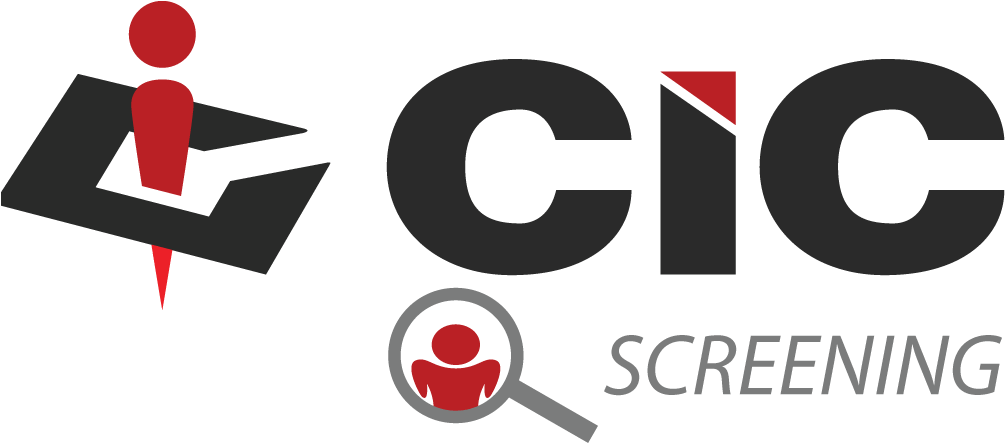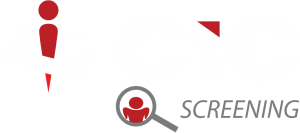What is the purpose of E-Verify? Does it pull up an applicant’s criminal history?
Employers regard E-Verify as a second check to determine work eligibility in the United States and avoid the legal and financial hassles that may arise from hiring illegal workers.
Note that E-Verify is aimed at validating legal employment status and not intended as a criminal background check. As an employer, you can run a criminal history check prior to offering candidates employment contracts.
E-Verify pertains to individuals who have accepted the employment offer and started working for your company. However, you are required to submit new hires for verification no later than three days after they have begun work for pay. If a new hire will be working for less than three days, you need to verify no later than his/her first day at your company.
You also have the option to expedite the verification by validating employment authorization after the individual has accepted the offer and both you and him/her have completed both sections of Form I-9.
What else should employers remember?
You and new hires must have first completed Form I-9. As you have a 3-day deadline to submit to the E-Verify system, you have no more than three days to also ensure that Form I-9 is filled and complete.
The questions asked by E-Verify follow Form I-9, covering citizenship attestation, documents types, personally identifiable information such as name, date of birth, Social Security Number, and the I-94/Alien Registration Number.
How soon do employers get the results?
E-Verify will return results in just a few seconds. There are three possible scenarios:
– Employment Authorized: The employee’s US work authorization has been verified, and you can close the employee’s case.
– DHS Verification in Process: You get this response if the system cannot immediately verify employment eligibility. Check after 24 hours, and you will either see an ‘Employment Authorized’ or a ‘Tentative Nonconfirmation’ response.
– Tentative Nonconfirmation: This response indicates that the employee’s information does not match government records.
If the system returns a ‘Tentative Nonconfirmation’ response, you can flag the employee, who can then decide to challenge the mismatch. In this case, you need to refer the case to the SSA and/or DHS. The employee has eight federal government work days, from the date the case was referred, to resolve the mismatch. The E-Verify system may then validate the employee’s work authorization credentials or return a final non-confirmation result.
A second non-confirmation gives you the legal ground to take adverse action against the employee.
Leverage E-Verify as a risk mitigation tool
Although E-Verify is not compulsory for all employers, federal and state government contractors and sub-contractors are mandated to use it. Many states require employers to use the system while others encourage its use.
As the process is quick, free and straightforward, you should consider making the most of it to establish the truth about your employees and foster a capable, honorable workforce culture.
Allow CIC Screening to keep you in compliance with E-Verify contact us today 615-386-2282 or sales@ciccredit.com




